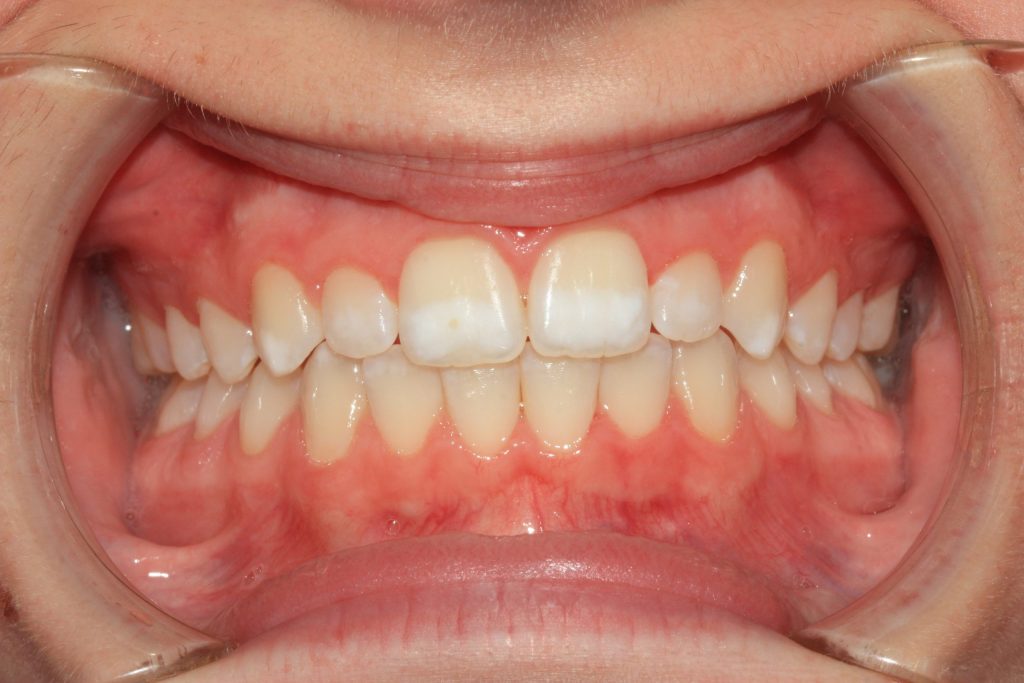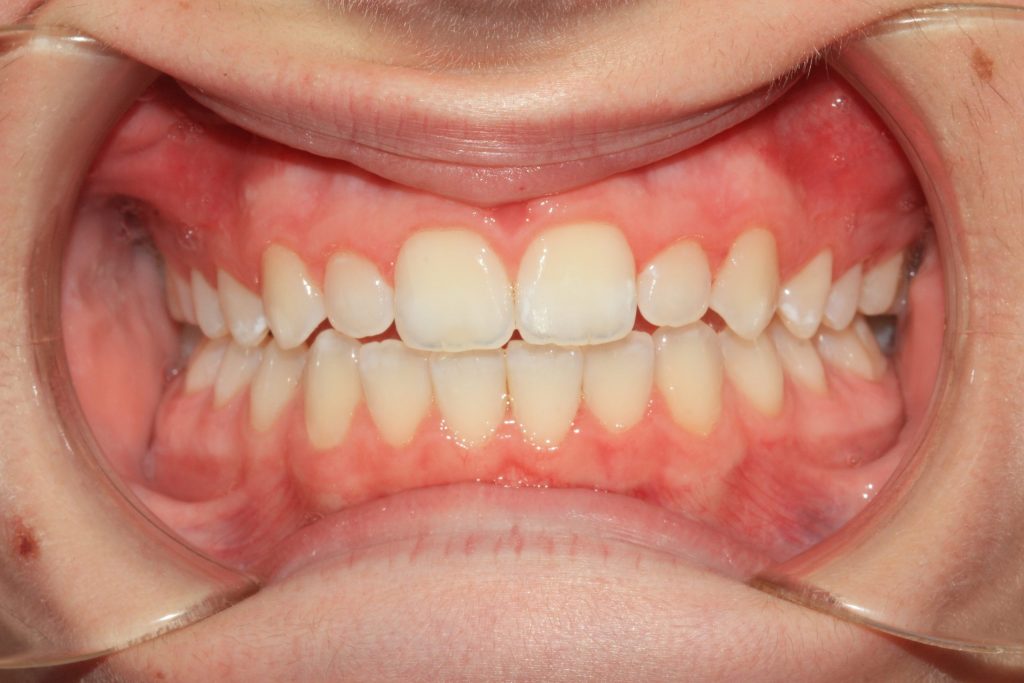Three Common Causes of White Spots on Teeth
Dentists cite three common reasons why white spots develop:
1. Demineralization
Demineralization happens when a buildup of bacteria on your teeth begins to wear away at the calcium in the tooth enamel. As the tooth enamel erodes, white or brown spots begin to appear on the teeth. It is the first sign of tooth decay.
2. Enamel Hypoplasia
Enamel hypoplasia is a condition in which tooth enamel is extremely thin or not there at all. The condition is usually detected in childhood but can appear in adulthood too. There are several reasons why a patient may develop this, including:
- A diet high in sugary and acidic foods and drinks
- Poor oral hygiene
- Dry mouth
- A high fever during an illness
- Smoking during pregnancy
- Premature birth
- Certain medications
- An injury to the tooth
- Certain orthodontic treatments
- Medical conditions that affect saliva production
3. Fluorosis
Fluoride is a mineral that is used to strengthen and restore tooth enamel. Excessive fluoride exposure, however, can create white spots on teeth. Fluoride is added to most city water systems, some vitamin supplements, and many kinds of toothpaste.
How Does the Icon White Spot Treatment Work?
Icon is a resin that is applied directly to your teeth. The procedure is noninvasive and requires no drilling or anesthesia. When administering Icon treatment, the dentist cleans your teeth with a polish paste, followed by a thorough rinse. A rubber dam is placed to protect the soft tissues of the mouth and keep the application area dry. Then, the resin is applied. The entire application process typically takes only two to three minutes.
Is Icon Tooth Treatment Permanent?
While the results of Icon treatment are not permanent, studies have shown patients to have long-lasting results. Most patients don’t see white spots reappear until two to four years following treatment. But many patients still have no WSLs after five or more years. If WSLs reappear, your dentist can provide a follow-up treatment to remove them.
Can You Whiten Teeth After Icon Treatment?
Whitening teeth with existing WSLs can make the appearance of white spots even more prevalent. But after Icon treatment, many patients can successfully whiten teeth with beautiful results. Dentists recommend that professional teeth whitening be done at a subsequent appointment from the Icon treatment and not immediately after.


Does Icon White Spot Treatment Have Any Side Effects?
Research shows few to no side effects from Icon dental treatment. It is generally considered safe for both children and adults. However, some patients may experience mild sensitivity or discomfort during or after the procedure. These symptoms typically resolve within a few days. Over-the-counter pain relievers or desensitizing toothpastes can help alleviate any discomfort. If you experience any significant or persistent side effects after the procedure, it’s best to call your dentist.
The success of the Icon treatment depends on proper patient selection, diagnosis, and treatment planning. It is important to seek a licensed dental professional with experience in performing Icon treatment. Our dentists have helped many patients get rid of their spots and regain a beautiful white smile. Our team members are friendly, knowledgeable, and committed to personalized treatment.
If you would like to find out if Icon dental treatment will work for you, schedule your appointment here.